Gymnastics, Sweat And The Importance Of Caring For Your Skin
When you think of Contact Sports, most people do not immediately think of gymnastics. But, gymnastics is a fiercely competitive and physically intensive activity, which can lead to all types of injuries. Although videos found online like to show horrific knee dislocations or ankle breaks, most injuries are small and happen day after day in gyms all across the country. Most common among these are skin related. Whether it is on a crash mat, a vault table or bar; a gymnast’s skin takes a beating during every practice. Finding the solutions to keep them going is a difficult task.
If you watched the Tokyo Olympics, you noticed that the gymnasts love chalk. They are constantly applying chalk to their hands and feet. The main reason is sweat. Gymnasts try to keep the sweat and the lubrication sweat causes to an absolute minimum. The downside to excessive chalk is over dried skin which is a sign of damaged skin. During practice, gymnasts sweat a lot and having products to apply during and after practice can help to mitigate skin damage while also helping the gymnast feel better.
"A gymnast's skin takes such a daily beating that even as rips and cuts start to heal, a simple bar workout can cause old wounds to reopen again and again." Coach Kim - Team Katy Gymnastics and Sports Performance (KGSP) Director, Katy, Texas
There are two main ways a gymnast’s skin may be affected: 1. Friction injuries, such as; Ripped Skin and Abrasions; and 2. Hygienic issues, such as; Ringworm and Impetigo.
- Ripped Skin - By far the most common injury. It starts as a large blister from friction generated most often by the uneven or parallel bars. The gymnast may not realize the blister is there until it breaks and opens a sore on the palm or fingers. The healing process can take several days/weeks, and due to the competitiveness of gymnasts, the injuries become persistent.
- Abrasions - Abrasions can be found on every inch of a gymnast’s body. From the forehead to the ankles, a gymnast can develop abrasions practicing floor routines, tumbling, vaulting, beam slips, rope climbing and burns from taping ankles and wrists.
- Ringworm - A fungal infection caused by Tinea corporis defined by one or more ring-shaped spots with a rough edges and clearing of the center.
- Impetigo - A bacterial infection caused by Staphylococcus Aureus which starts as red itchy sores and heals as a crusty yellow or honey-colored scab.
Fortunately, Contact Sports Soap has you covered with products that can assist with all these issues.
- Probiotic Hair & Body Wash - a great daily preventative to keep your skin fresh and clean without feeling dry and itchy.
- Probiotic Sweat Reset - use immediately after a hard training session when you can't shower or to freshen up after a long day.
- Probiotic Body Moisturizer - formulated for dry skin we have you covered with skin conditioning agents to keep your skin feeling smooth and soft.
- Probiotic Advanced Healing Hydrogel - using at the first sign of rips in the skin or deeper abrasions allows the product to adhere to the affected area to moisturize, protect and promote optimal healing conditions with the natural antimicrobial benefits of aloe vera, hickory bark extract, alginate and topical probiotics.
- Skin Recovery Serum - specifically designed for friction injuries to help protect the skin and keep it moisturized with aloe, alginate and coconut oil.
Don't just take our word for it, here is a quote from one of our athletes who uses Contact Sports Soap products to help keep her skin at her best so she can focus on her training:
"A gymnast's skin not only rips but also bruises very easily. It's important to always be doctoring any skin irritations and I try to always keep my skin strong and healthy. My skin feels dry all the time and it's important to find great products to help take care of our skin everyday because rips and bruises make training days even harder." - Alaina, Team KGSP xcel Silver


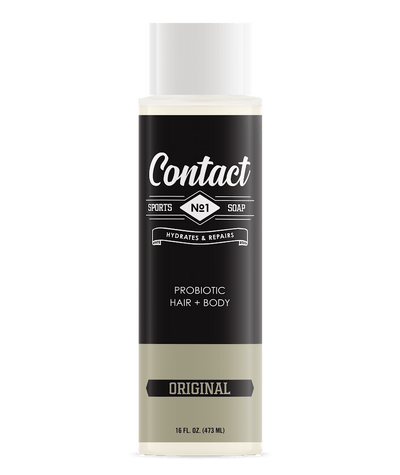

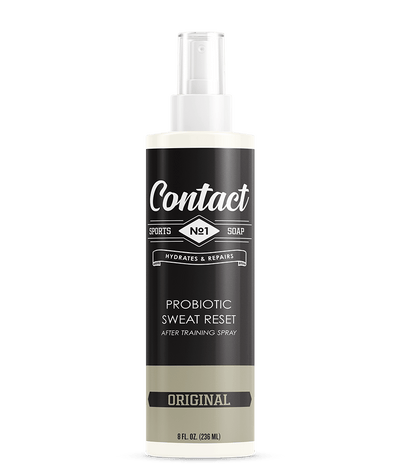
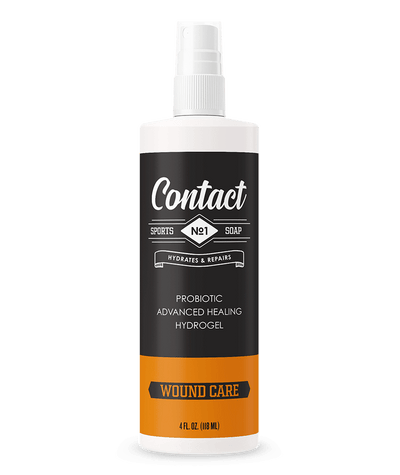
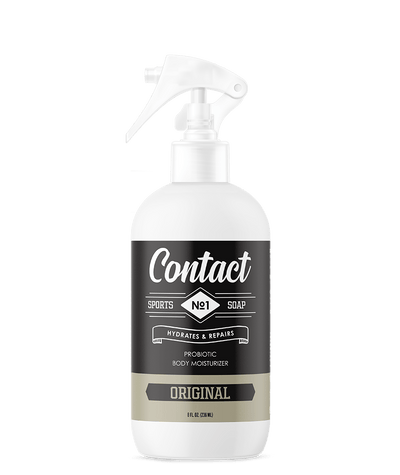
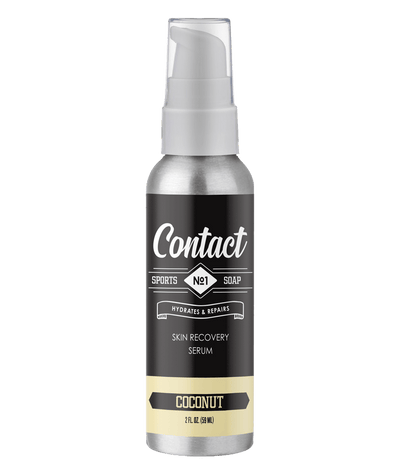
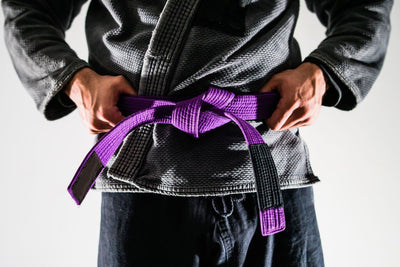
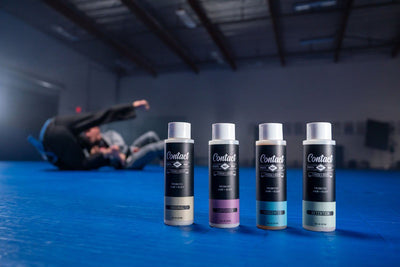
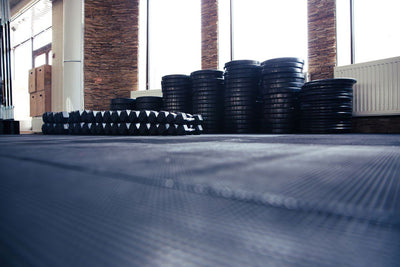
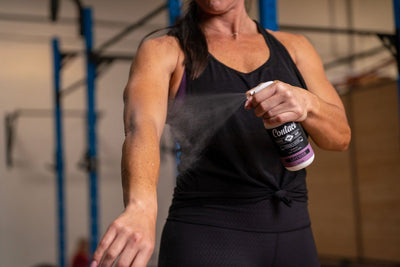
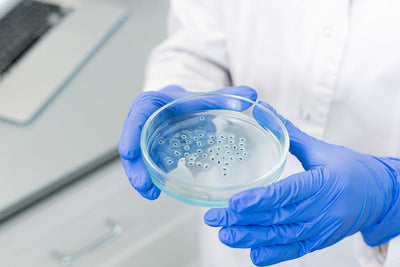
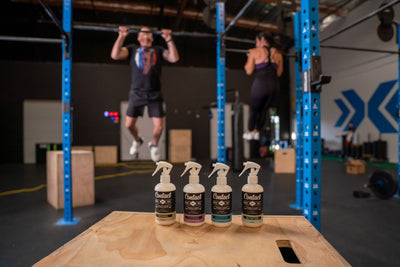
Leave a comment